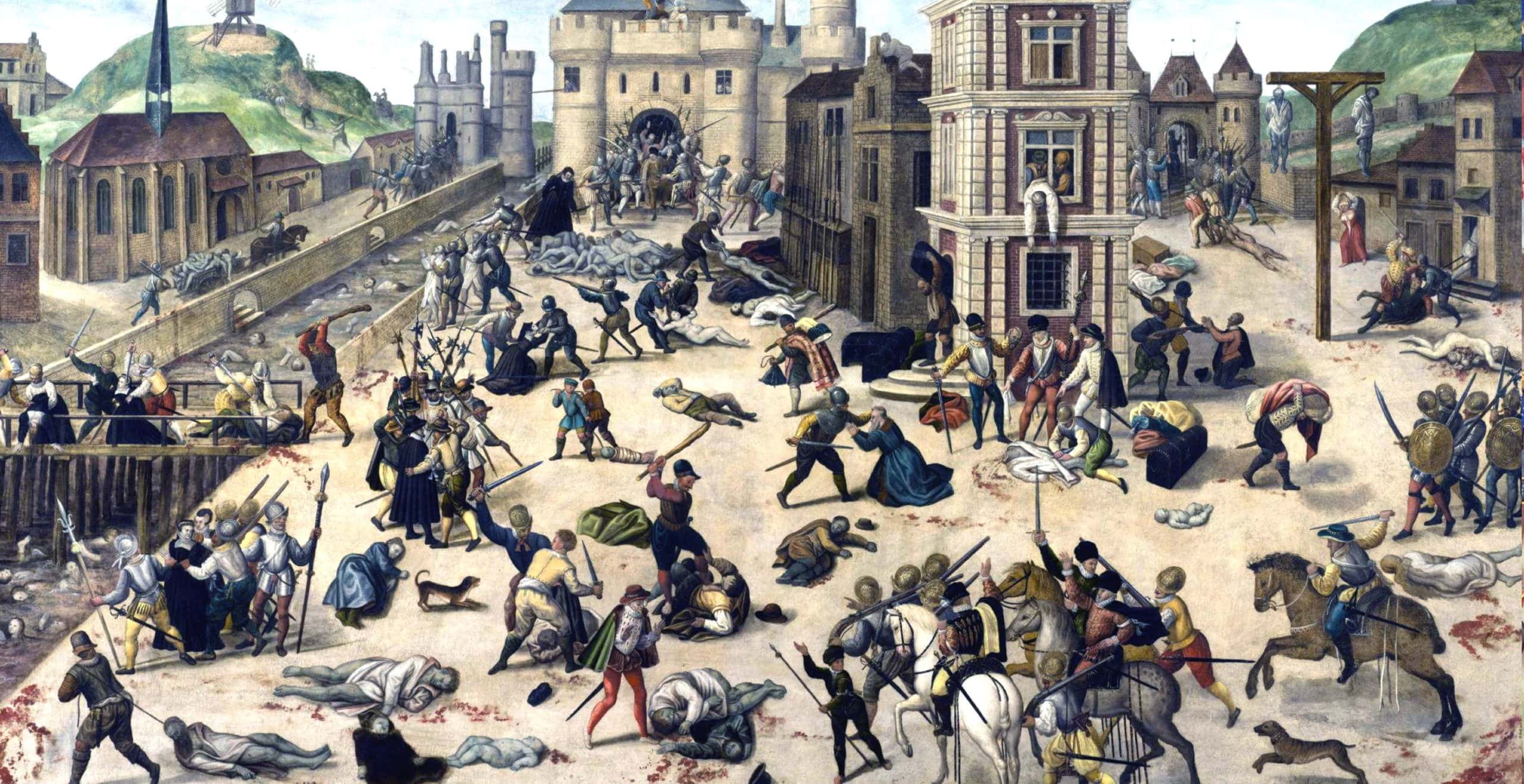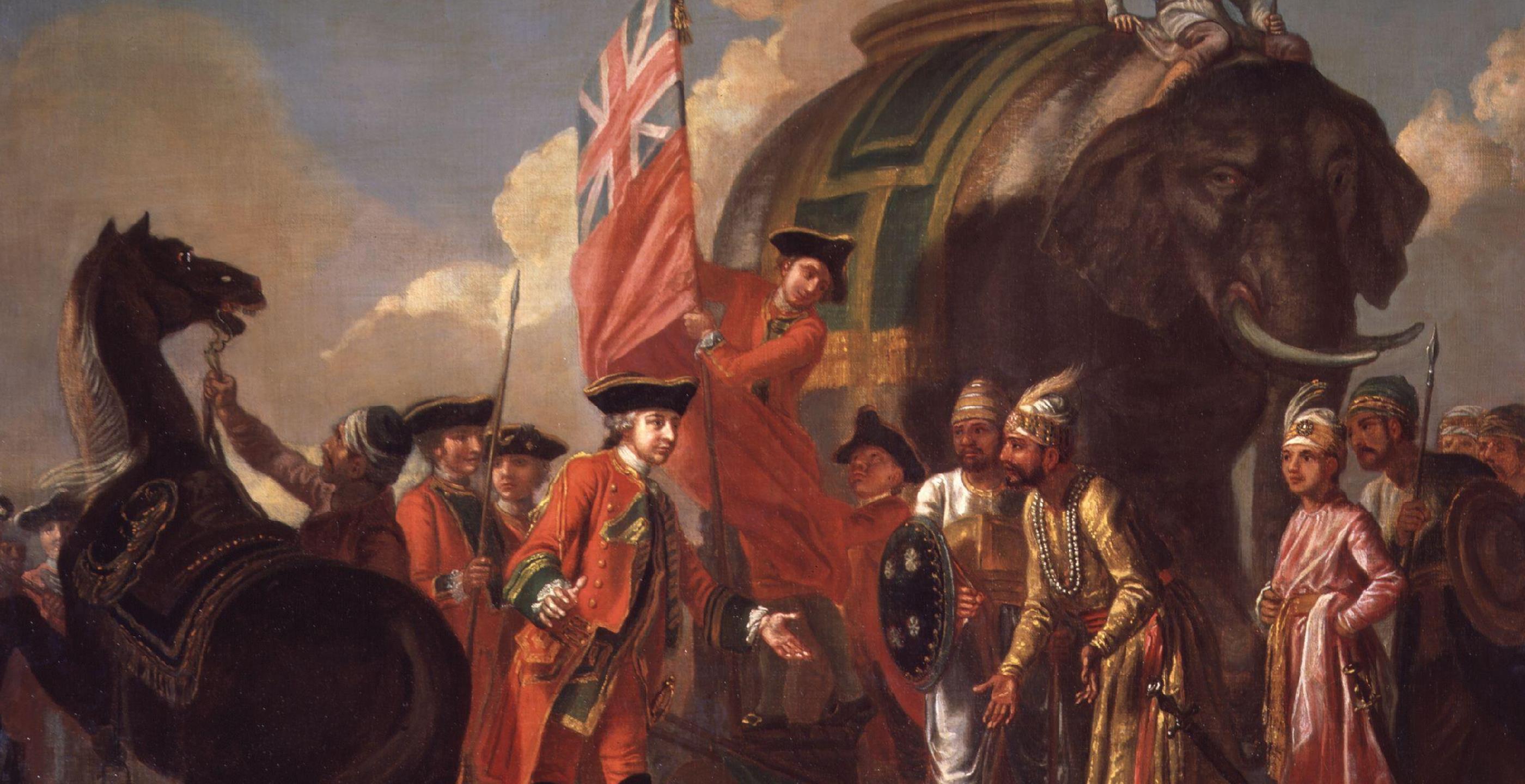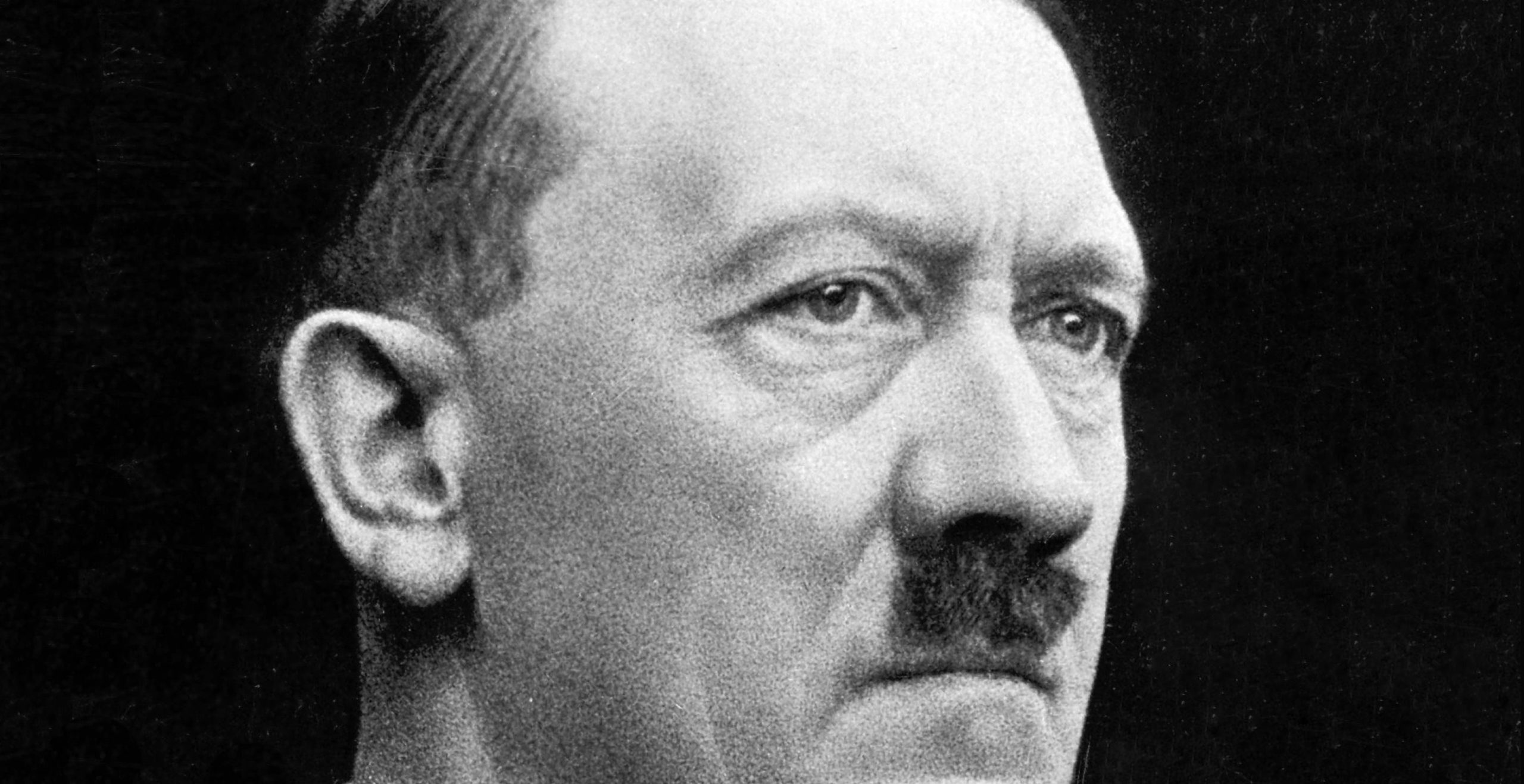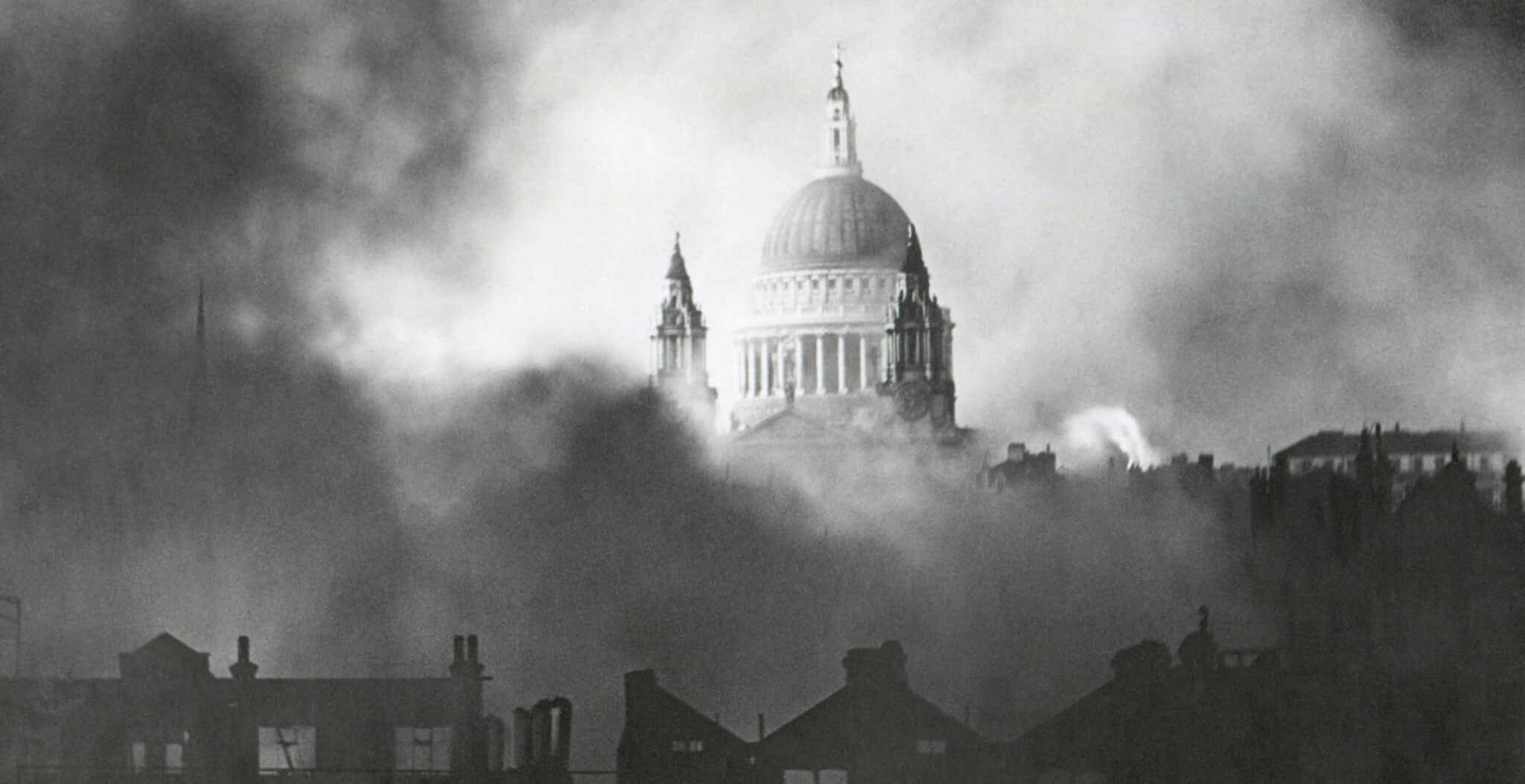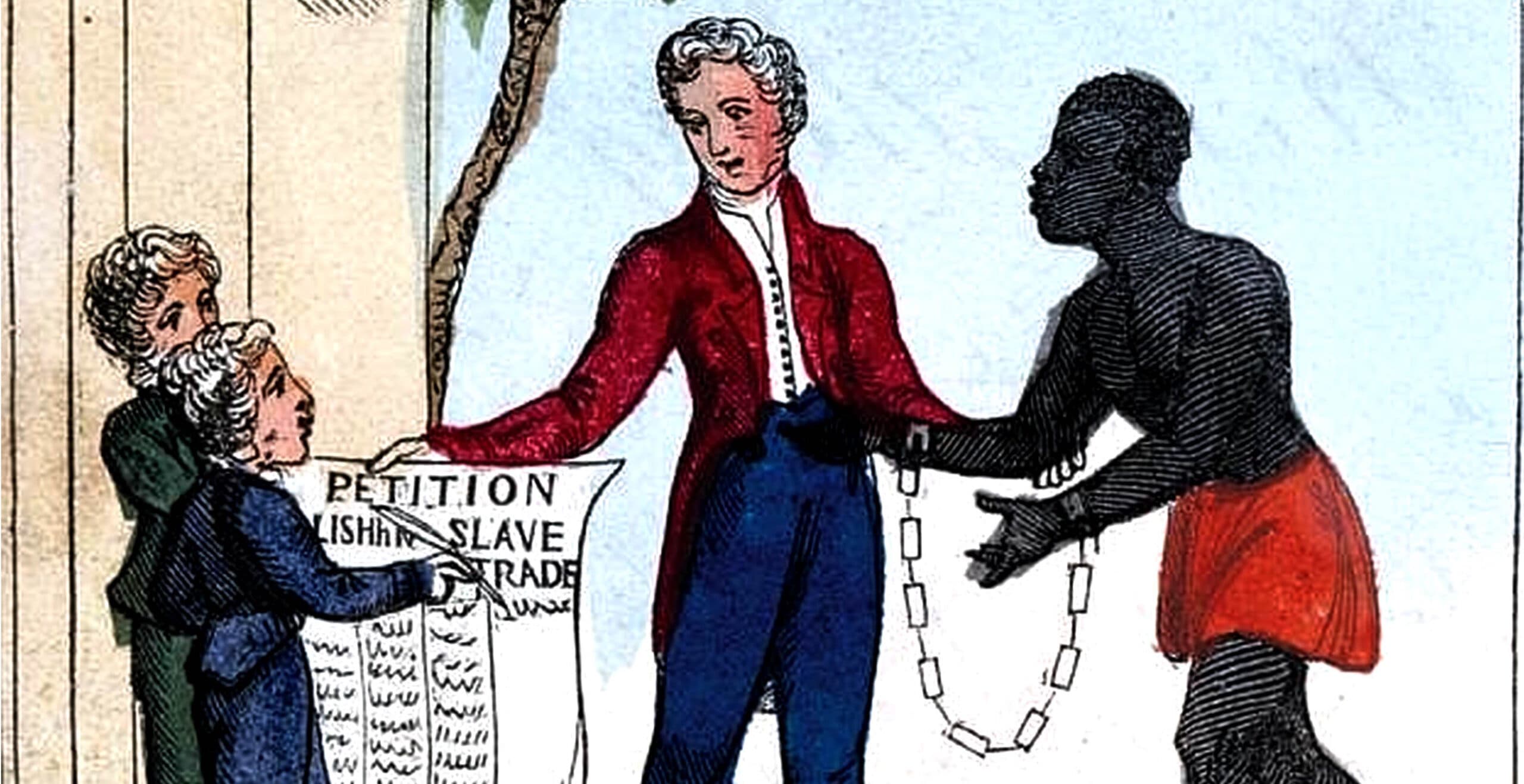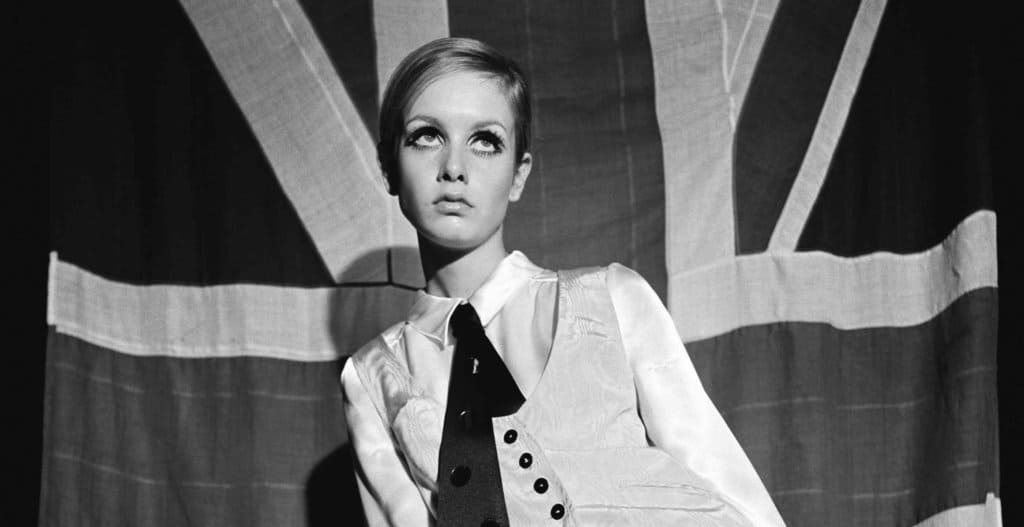Empire Windrush was a ship with a long and complicated history. Originating in Germany, it was used to transport German immigrants to South America, then used as a cruise liner by the Nazi Party and was involved in the deportation of Jews before finally falling into English hands during the Second World War.
Renamed, rebranded and now an English vessel, HMT Empire Windrush became synonymous with the voyage it completed in 1948, transporting hundreds of West Indians and people from other countries via the Caribbean to England.
In the years that passed since its journey, the people who disembarked from this ship began new lives, with many choosing to stay in the UK and form new roots far away from home.
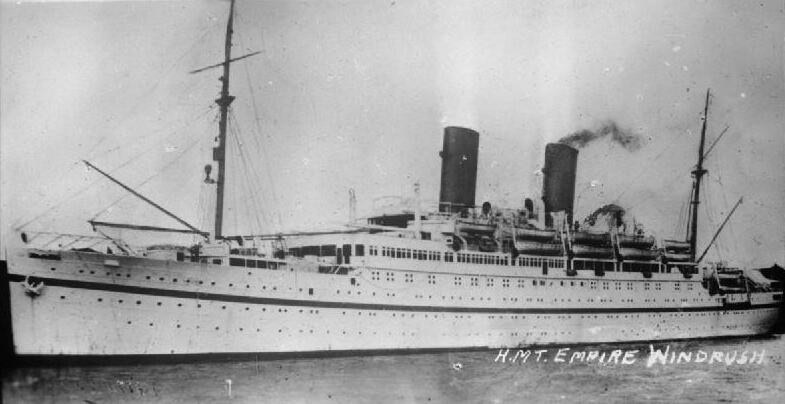
In Britain, these people and other passengers aboard other similar ships became known as the Windrush Generation, a community of people who inadvertently came to represent post-war migration and the evolving demographics of Britain.
The origins of the ship however begin elsewhere, in Germany 1930, when Blohm and Voss launched a vessel named Monte Rosa. The following year she completed her maiden voyage from Hamburg to Buenos Aires.
Initially the ship was used to transport German immigrants to South America, particularly Argentina, making several trips before the outbreak of the Second World War.
In the meantime, Germany’s volatile political situation saw the rise of the Nazi Party and thus the Monte Rosa soon acquired a different purpose, one more in keeping with the party diktats.
By 1937, the Nazi government had commandeered the Monte Rosa for cruise holidays for the programme known as “Strength through Joy”. On-board entertainment included an array of leisure facilities such as sports and concerts and provided an affordable holiday. For the Nazi party, the cruises were an ideal form of indoctrination, thus introducing its fascist ideology through surreptitious means, whilst the ship and others like it, had Gestapo officers spy on the passengers.
These Nazi-approved travel plans included the popular destination of South America where the ideology was spread via its German speaking community.
Now a vehicle of Nazi propaganda, the Monte Rosa would acquire a new and prominent role when the outbreak of World War II necessitated troop movements.
In April 1940, the troop ship was used for the Nazi invasion of Norway. In the subsequent years, enacting the racist ideology of the Nazi Party, the ship was used to deport Norwegian Jews and later Danish Jews who would end up in concentration camps in Eastern Europe.
During the entirety of the war, the allied forces made great efforts to either capture or sink the vessel which continued to play an important role for the Germans.
Eventually, in February 1945 after sustaining damage due to a mine explosion, the German vessel was taken to Copenhagen and then Kiel where in May, the British forces finally captured her and she became a prize of war.
After repairing the damage, the now UK registered merchant ship was renamed HMT Empire Windrush and assigned to the UK Ministry of Transport.
The vessel soon began operating as a troopship, taking trips as far as Asia, via a route which included some of Britain’s most important colonial outposts such as Hong Kong, Suez, Singapore and Colombo.
In 1948, the ship would make its most famous journey travelling from the Caribbean back to Britain with many passengers on board seeking a new life.
This trip was in fact part of a return journey after the initial voyage had left Southampton to repatriate almost 500 West Indians who had served in the Royal Air Force during the Second World War.

In the weeks before, adverts appeared in several Caribbean countries including Jamaica, British Honduras and Trinidad and Tobago offering cheaper fares for the return voyage.
Whilst the fares were affordable, they were only available to men who were allocated dormitory accommodation that was usually used for troops. If a woman wanted to travel, they would be given a cabin at a higher cost.
Some of those keen to take up the offer of a cheap journey to Britain were former serviceman who had already served Britain in the forces and were keen to find employment.
Others were motivated particularly when in 1948 the British Nationality Bill was going through Parliament, proposing that that all British subjects connected to Britain or a British colony would have citizenship status.
As a result, the demand for tickets for this particular voyage was incredibly high.
This was not the only ship which had made such a journey as a year previously, the SS Ormonde had transported roughly 100 Jamaican immigrants to Liverpool and later the same year, the Almanzora took 200 people from the West Indies and arrived in Southampton.
The eager passengers and lucky few who acquired a ticket arrived in England on 22nd June 1948 to a mixed reception.
Many images and footage exists of the disembarkation of the ship which was covered by journalists.
The Daily Mirror reported on the surprise that many of the Caribbeans were wearing expensive outfits and nice suits. Other articles included interviews which were conducted where individual passengers were queried as to their motivation for travelling to Britain, with many of them explaining that they were job-seekers.
Recorded by Pathe news, the arrivals were described as ex-serviceman who had served England well and were coming to the ‘Mother Country’ with good intentions.
In the meantime however, despite the apparent welcome, in parliament a group of Labour MPs wrote to the then Prime Minister, Clement Attlee discussing the need to curtail the “influx of coloured people”. Attlee’s response simply stated that the image of many Caribbeans arriving in England was not be taken too seriously.
Until 1962 there were no such immigration controls in place and so they were entitled to settle in the UK indefinitely.
Described at the time as around 500 Caribbean immigrants arriving from the ship, the exact passenger number amounted to 1027 people, of whom 802 gave their residence as a location in the Caribbean. The majority of those, 693 people, had expressed their wish to settle in the UK.
Other passengers included Polish refugees who were awarded British citizenship and who had boarded the ship whilst it was docked in Mexico. They were women and children who had suffered deportation to Siberia by the Soviets when they invaded Poland but had managed to escape via an elaborate route which saw them arrive in India and then journey down to the Pacific where they embarked on a massive sea journey to Mexico.
They were subsequently given permission to stay due to the 1947 Polish Resettlement Act which was enforced.
The other 119 passengers were from the UK and another 40 from other countries. Some of these included an RAF officer called John Henry Clavell Smythe who was originally from Sierra Leone and would go on to serve as Attorney General in his home country.
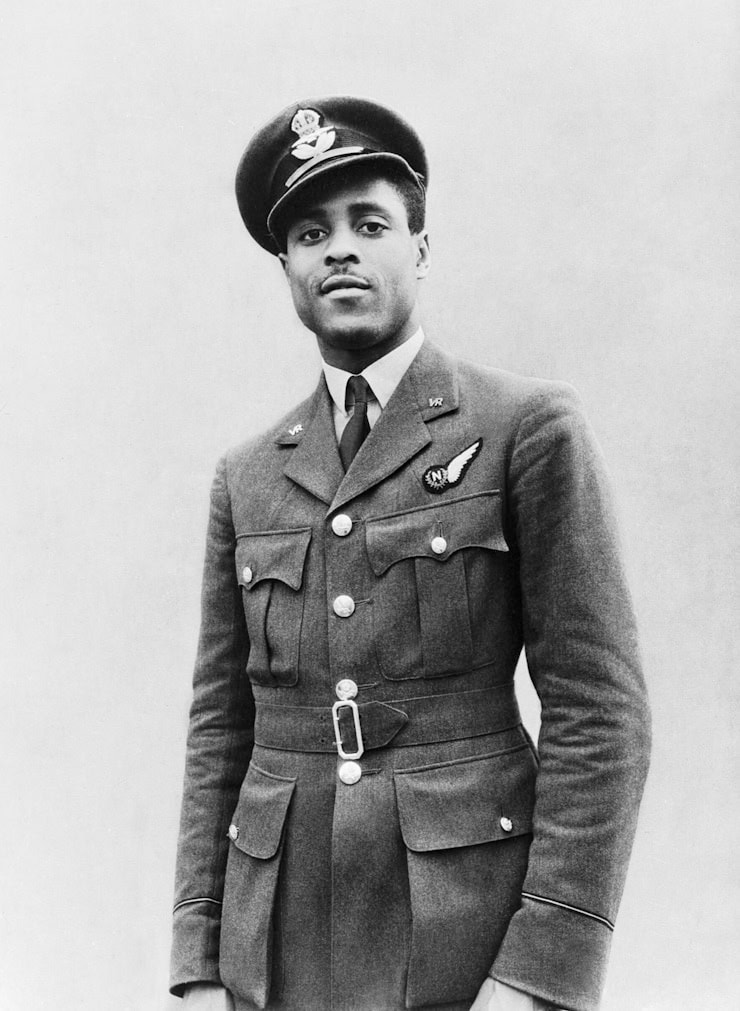
Another notable passenger was the heiress to the Cunard shipping fortune, Nancy Cunard as well as her travelling companion Freya Stark who was a famous traveller and writer. Many British women on board were wives of significant political figures.
Meanwhile amongst the Caribbean passengers, some significant and already famous musicians formed part of the new arrivals, including the Calypso musician known as Lord Kitchener and the Trinidad singer Mona Baptiste, who travelled first class and was in the minority of Caribbean women on the vessel.
Those who were on the ship were not the poorest in the Caribbean as they had enough money to raise funds for the trip in the first place, as explained by one of the passengers who was interviewed. In fact, there was a stowaway who was discovered after leaving the port in Kingston called Evelyn Wauchope who was a dressmaker and not able to afford the fare. Instead, some of the musicians put on a show in order to raise enough money for her ticket.
Once they had arrived, those who had not made arrangements for accommodation were temporarily housed in an air raid shelter at Clapham Common.
The nearest employment exchange was located in Brixton and as a result became an area which was frequented and eventually settled by many new arrivals, who found work and housing in Brixton and formed a community.
For the few stowaways on board, a prison sentence was given albeit brief and upon release they were allowed to stay.
Whilst some new arrivals did return home, many decided to remain and settle in the UK on a permanent basis.
As part of this settlement, the arrivals from HMT Empire Windrush and other ships like it, became known as the Windrush Generation in reference to the post-war Commonwealth immigration that occurred during that time.
Whilst their experiences varied, many would have to battle the hardships inflicted on first generation immigrants.
Whilst navigating these difficulties, many began a new and fruitful life for themselves, establishing and integrating into life in the UK and enriching the local areas with a multicultural dynamic, proliferating the growth and popularity of Caribbean cuisine, dance, music and most famously, the creation of Notting Hill’s annual carnival.
Meanwhile, the story of HMT Empire Windrush continued until the 1950s as its use as a troop ship persisted, particularly with the advent of the Korean War.
In February 1954, the final voyage destined for Yokohama ran into trouble off the coast of Algeria after an enormous fire in the engine room. Some crew members were killed in the explosion but all 1276 passengers were saved, sadly the ship could not be and it sank whilst being towed back to Gibraltar.
The history of the HMT Empire Windrush was an eventful one which illustrates the complexities of twentieth century history, showing its usage by the Nazi party, the involvement in the deportation of Jews, a troop carrier and then a new purpose as a ship for returning troops and allowing people to migrate to other countries.
The HMT Empire Windrush and its passengers who subsequently became known as the Windrush Generation tell an important story of post-war Britain, empire and migration, explaining the rich multicultural fabric which composes modern Britain today.
Jessica Brain is a freelance writer specialising in history. Based in Kent and a lover of all things historical.
Published: 13th October 2024.
**On 22 June each year British Caribbean communities celebrate and acknowledge the contributions the Windrush generation.



